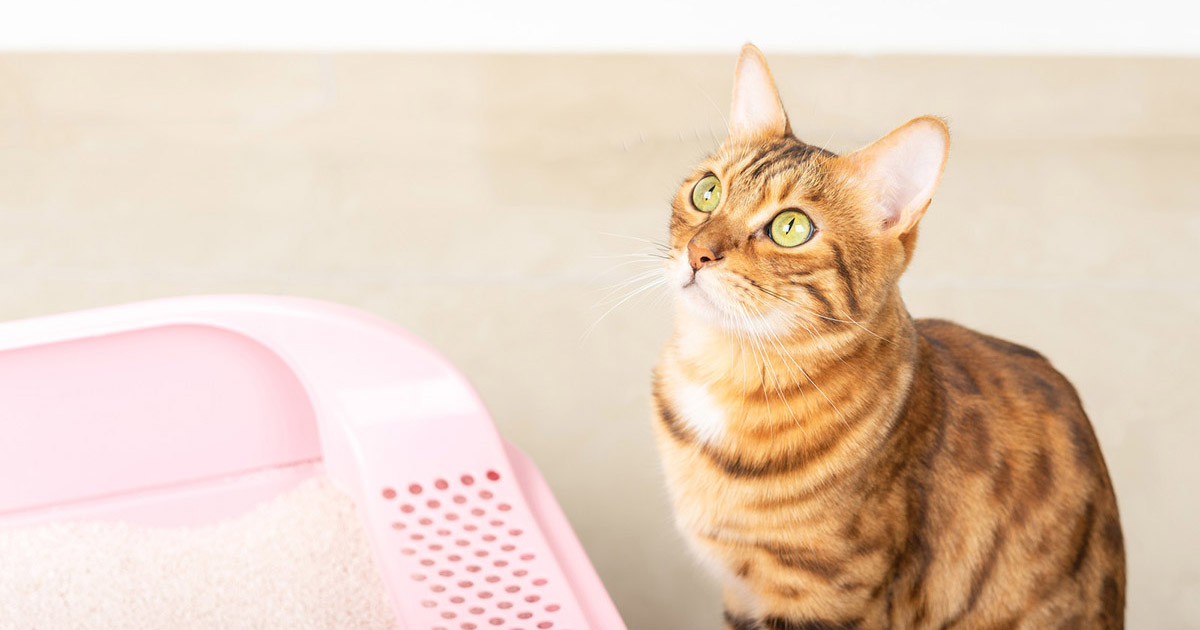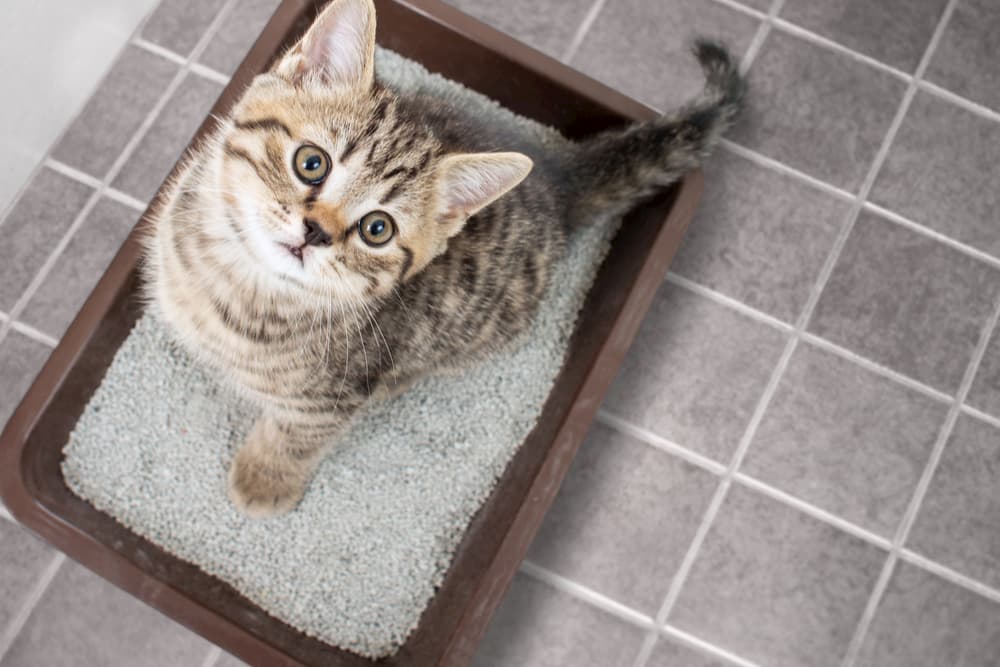Why Flushing Animal Waste Down the Toilet Should be Harmful
Why Flushing Animal Waste Down the Toilet Should be Harmful
Blog Article
Are you in search of help and advice involving 10 Things You Should Never Flush Down The Toilet?

When it comes to throwing away waste, especially animal waste, lots of people usually consider the convenient choice of flushing it down the bathroom. Nonetheless, this seemingly very easy option can have major repercussions for the setting and public health. In this short article, we'll check out why flushing pet waste down the toilet is a poor concept and offer alternate methods for correct disposal.
Introduction
Appropriate garbage disposal is essential for keeping ecological sustainability and public health. While it might appear safe to flush animal waste down the toilet, it can result in numerous problems, both for the atmosphere and human well-being.
Risks of flushing animal waste
Ecological influence
Flushing pet waste introduces unsafe bacteria and microorganisms into rivers, which can adversely influence aquatic environments. These microorganisms can contaminate water sources and damage aquatic life, interfering with fragile ecosystems.
Public health concerns
Pet waste consists of unsafe germs such as E. coli and Salmonella, which can position severe wellness threats to human beings. Flushing animal waste down the toilet can infect water supplies, resulting in the spread of diseases and infections.
Alternatives to flushing
Rather than flushing animal waste down the commode, there are several alternative disposal methods that are more environmentally friendly and hygienic.
Composting
Composting animal waste is a green method to get rid of it. By composting, raw material is broken down into nutrient-rich soil, which can be utilized to feed gardens and plants.
Garbage dump disposal
Getting rid of animal waste in a land website fill is another option. While not as environmentally friendly as composting, it is a much safer option to flushing, as it protects against the contamination of water resources.
Family pet waste disposal systems
There are customized animal garbage disposal systems available that securely and hygienically dispose of animal waste. These systems commonly utilize enzymes to break down waste and eliminate smells.
Steps to correct pet garbage disposal
To make certain correct disposal of pet waste, adhere to these actions:
Scooping and landing waste
On a regular basis scoop and bag animal waste utilizing biodegradable bags. This stops waste from contaminating the atmosphere.
Making use of marked waste bins
Dispose of bagged animal waste in assigned waste containers, such as garden compost containers or land fill containers. Avoid flushing it down the toilet whatsoever prices.
Cleaning can and animal locations frequently
Routinely tidy can and family pet areas to prevent the buildup of waste and germs. Use pet-safe cleaning products to keep hygiene.
Advantages of appropriate disposal techniques
Taking on appropriate disposal techniques for animal waste provides a number of advantages:
Lowered environmental pollution
Proper disposal methods decrease the danger of environmental pollution, shielding rivers and communities from contamination
Minimized risk of water contamination.
By preventing flushing animal waste down the commode, the threat of water contamination is substantially lowered, safeguarding public health.
Improved sanitation and hygiene
Correct disposal methods promote much better sanitation and health, developing a safer setting for both people and animals.
Verdict
To conclude, flushing pet waste down the toilet is dangerous to the atmosphere and public health. By taking on different disposal approaches and adhering to appropriate waste administration techniques, we can lessen the unfavorable influence of pet waste and contribute to a cleaner, healthier earth.
What To Do With Dog Poo – The Do's And Don'ts Of Disposing Of Faeces
Dog poo bins
Some councils provide dedicated dog waste bins in popular dog-walking areas that can take dog poo that has been bagged but you can legally dispose of dog waste in any public litter bin, as long as it is securely bagged. This also applies to your wheelie bin at home.
Do not flush
Water companies do not recommend flushing dog faeces down the toilet because certain parasites can survive the water processing treatment and are potentially harmful to humans. You should also never consider flushing dog poo that has been bagged down the toilet as the bags will not break down and instead create severe blockages in the sewage system.
In the woods
The Forestry Commission promotes a ‘stick and flick’ method for dealing with waste in the woods. This means finding a stick and using it to flick any poo from off the path so that it is out of the way of other walkers. You could also bury it as long as it is not in an area where there might be livestock.
Livestock
Parasites found in dog poo can be transmitted to livestock if they inadvertently eat infected faeces that has been left on grazing land. This could result in the death of sheep or abortion in cattle so you should always make sure you pick up your dog’s waste in fields where livestock could be present.

Routinely tidy can and family pet areas to prevent the buildup of waste and germs. Use pet-safe cleaning products to keep hygiene.
Advantages of appropriate disposal techniques
Taking on appropriate disposal techniques for animal waste provides a number of advantages:
Lowered environmental pollution
Proper disposal methods decrease the danger of environmental pollution, shielding rivers and communities from contamination
Minimized risk of water contamination.
By preventing flushing animal waste down the commode, the threat of water contamination is substantially lowered, safeguarding public health.
Improved sanitation and hygiene
Correct disposal methods promote much better sanitation and health, developing a safer setting for both people and animals.
Verdict
To conclude, flushing pet waste down the toilet is dangerous to the atmosphere and public health. By taking on different disposal approaches and adhering to appropriate waste administration techniques, we can lessen the unfavorable influence of pet waste and contribute to a cleaner, healthier earth.
What To Do With Dog Poo – The Do's And Don'ts Of Disposing Of Faeces
Dog poo bins
Some councils provide dedicated dog waste bins in popular dog-walking areas that can take dog poo that has been bagged but you can legally dispose of dog waste in any public litter bin, as long as it is securely bagged. This also applies to your wheelie bin at home.
Do not flush
Water companies do not recommend flushing dog faeces down the toilet because certain parasites can survive the water processing treatment and are potentially harmful to humans. You should also never consider flushing dog poo that has been bagged down the toilet as the bags will not break down and instead create severe blockages in the sewage system.
In the woods
The Forestry Commission promotes a ‘stick and flick’ method for dealing with waste in the woods. This means finding a stick and using it to flick any poo from off the path so that it is out of the way of other walkers. You could also bury it as long as it is not in an area where there might be livestock.
Livestock
Parasites found in dog poo can be transmitted to livestock if they inadvertently eat infected faeces that has been left on grazing land. This could result in the death of sheep or abortion in cattle so you should always make sure you pick up your dog’s waste in fields where livestock could be present.

I recently found that piece of writing on Why you should never flush dog poop down the toilet while doing a search on the web. For those who enjoyed reading our article please be sure to share it. Many thanks for being here. Please visit our blog back soon.
Book Report this page